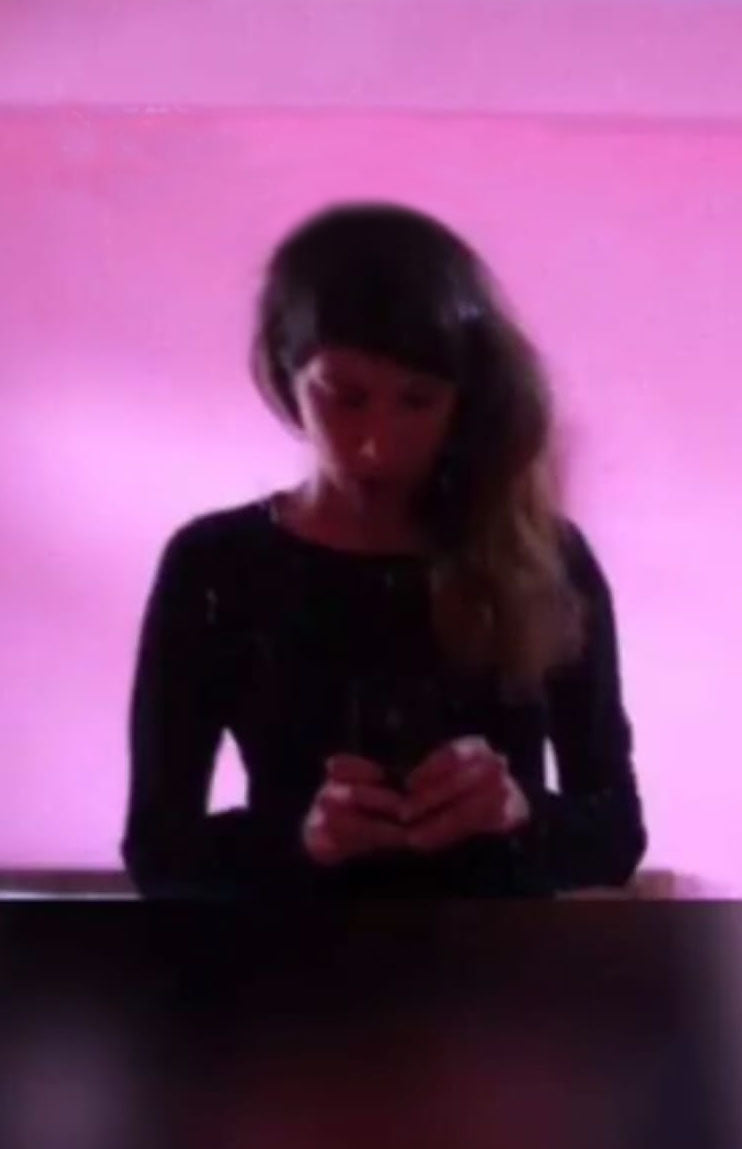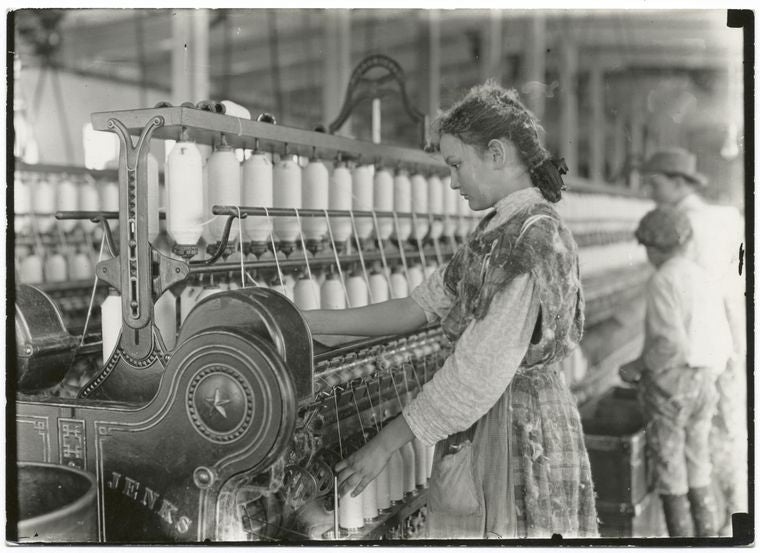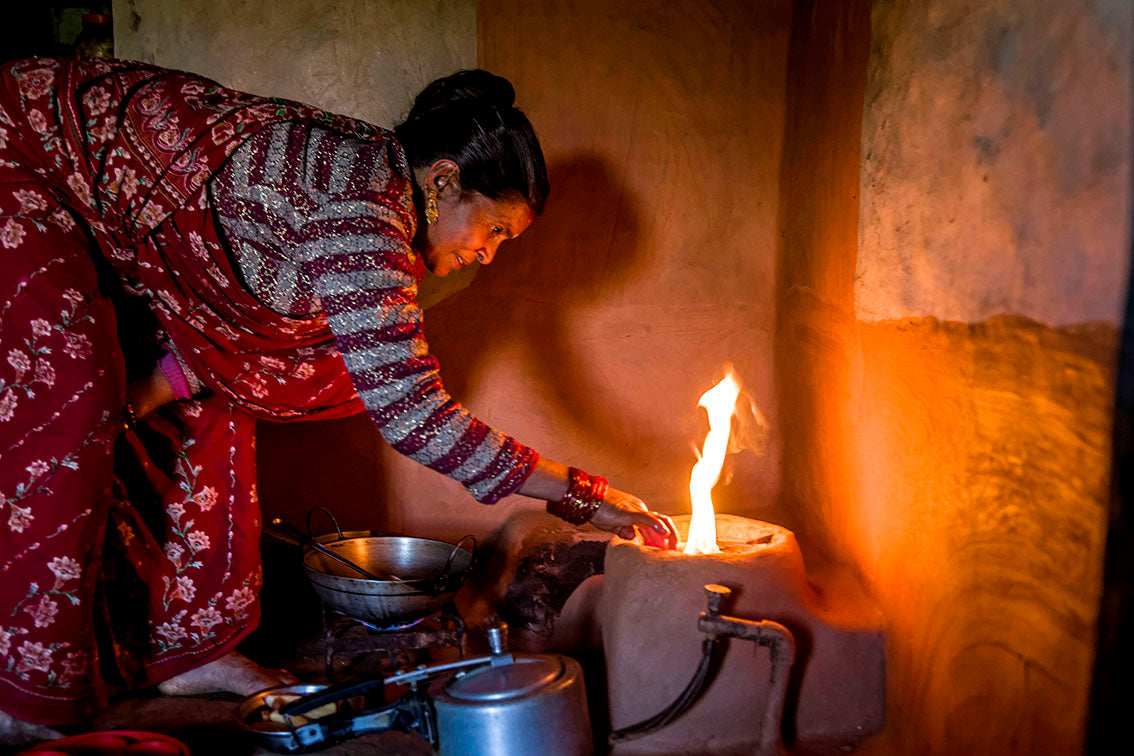
Biography – Lisa Hine photographer and visual storyteller
Lisa Hine was born in Trieste and grew up in an unconventional environment: the former psychiatric hospital where her parents, along with many others, had moved to work with a radical and humane vision of care. Far from the idea of alienating the patient, that community was founded on respect for the individual and the right to health, recognizing relationship, listening, and active participation as the true tools for healing.
In the 1970s and 1980s, that place became one of the key centers of the revolution initiated by Dr. Franco Basaglia, which led to the approval of Law 180 in 1978, marking the closure of psychiatric hospitals in Italy and paving the way for a new model of mental health care recognized worldwide. From an early age, Lisa was immersed in themes such as mental health, art, and ethics, surrounded by an environment filled with artists from all over the world, drawn to this cultural revolution. These artists shared their work as means of self-expression and communication.
In that context, art was not decoration, but a therapeutic tool and a human right. These influences nurtured in Lisa a deep need to use creativity as a language, a bridge between the inner world and the outer one.
Among all expressive forms, photography became her most natural medium: an intimate and direct language, capable of observing the world, asking questions, and preserving memories that may seem secondary at the time, but over time gain deeper meaning.
After earning a degree in Graphic Design and Photography, Lisa specialized in photojournalism, traveling the world in search of stories of rebirth and redemption particularly in contexts where science, community, and human development intersect. The camera became a tool of connection and protection for her, allowing her to get close to pain without being overwhelmed by it.
She is represented by Redux agency, and her work has been published by National Geographic, The Guardian, SciDev.Net, Vanity Fair – Traveller Italy, among others.
Over time, she recognized a common thread between documentary photography and the therapeutic art she had experienced in her childhood.
From this awareness, In To The Photo – Therapeutic Photography was born: a project that blends introspection, creativity, and mental well-being. In To The Photo invites people to use photography as a visual journal: a private space to ask questions, explore thoughts, and release emotions without the pressure of judgment or aesthetics, as often seen on social media.
The photographs taken are not “beautiful” or “ugly”: they are true, and for that reason, precious. Only later, if desired, they can be revisited, edited, and perhaps shared publicly.
With this project, Lisa Hine offers a creative and safe space where photography is not performance, but presence.Where the artistic act becomes an act of care.

"There are two things I wanted to do. I wanted to show the things that had to be corrected; I wanted to show thethings that had to be appreciated."
-Lewis Hine-
Lisa Hine - and the Origins of a Pseudonym
The artistic name Lisa Hine was born as a conscious tribute to three key figures in social photography: Robert Capa, Gerda Taro, and Lewis Hine.
In 1930s Paris, Capa and Taro chose internationally sounding pseudonyms to overcome the barriers of cultural prejudice and make their way into the world of photojournalism. They invented new identities, perhaps inspired by famous names like Greta Garbo and Frank Capra, thus creating a photographic language that was free, bold, and universal.
When Lisa Hine learned about this story, she knew that one day she too would choose a name capable of representing her in an authentic way, while also being open and communicable to the world. Her choice is therefore a tribute not only to the lives of Capa and Taro, but also to their vision of photography as an act of truth and transformation.
“Lisa” is a simple, direct name that shares its initial with Lewis Hine a pioneer of social documentary photography, the surname “Hine” was chosen in his honor. Lewis Hine documented the conditions of child labor in early 20 th century America, his photographs helped raise public awareness and promote legislative reforms, becoming civic tools for change.
But the choice of the name Lisa Hine is also deeply rooted in her personal history. In that context, Lisa grew up breathing an idea of art as a tool for relationship, storytelling, and liberation, photography, in particular, became her natural language: capable of preserving memory, exploring inner life, and giving voice to what often remains on the margins.

Acknowledgements
I thank everything I have seen, looked at, and truly observed.
Through the image, I found time to think, gather my thoughts, reflect,
and process what I was experiencing.
I want to thank those who looked at a photograph with me,
those who placed a camera in my hands,
those who showed me a family album or a photography book,
those who allowed themselves to be photographed,
those who sat beside me to think about photography,
those who taught me the history of photography,
those who edited images with me,
those who came along to search for stories worth capturing.
It is thanks to all of this that Into the Photo was born
a space where photography holds all its meaning.
